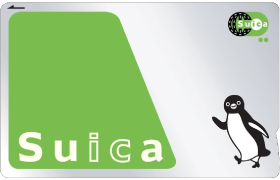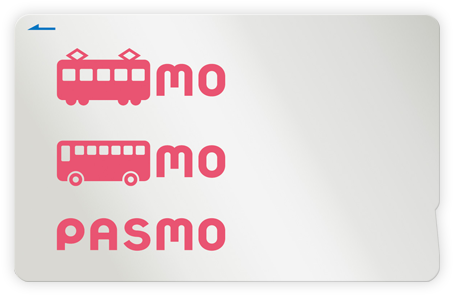Last Updated on 2025-08-15 by kei
If you’re visiting Japan for the first time, one thing you might notice right away is how many ways there are to get around—trains, subways, buses, bullet trains (a.k.a. the Shinkansen)… it’s all super efficient, but it can feel a bit overwhelming at first.
This post gives you a quick and easy overview of Japan’s main transportation options. We’ll keep things light for now—just the basics to help you feel more confident. In future posts, we’ll dig deeper into things like how to use IC cards, book trains, and pick the best travel apps.
Trains Everywhere: JR and Private Lines
Trains are the backbone of Japan’s public transport. You’ll mostly use two types: JR (Japan Railways) and private railway companies. In big cities like Tokyo and Osaka, you’ll often find different companies sharing one station, but using separate platforms and entrances.
Common confusion:
- Huge stations like Shinjuku or Shibuya can feel like a maze, with different companies using different areas.
- Train maps are super detailed—great for locals, but a bit much for newcomers.
Helpful tips:
Follow color-coded signs and look for English labels—they’re everywhere!
Use apps like Google Maps or Japan Travel (foe iOS, for Android) — they’ll tell you exactly which train to take, which platform, and how much it costs.
IC Cards: Suica, PASMO & Friends


IC cards like Suica and PASMO are rechargeable smart cards you can use on trains, buses, and even in convenience stores.
Why travelers love them:
- No need to figure out fares or buy tickets every time—just tap and go!
- Usable in most major cities across Japan.
A few things to know:
- You’ll pay a 500 yen deposit when you get the card, which you can get back later.
- Cards from one region usually work in others too, but it’s worth checking if you’re heading off the beaten path.
The Shinkansen: Japan’s Famous Bullet Train
Need to travel between cities fast? The Shinkansen is the way to go. It’s fast, clean, quiet, and always on time.
Quick tips:
- Consider getting a Japan Rail Pass if you’re planning a lot of long-distance travel. (You’ll need to buy it before you arrive in Japan.)
- Booking a reserved seat is a good idea during busy times—tickets are available at machines, JR counters, and online.
What About Buses?
In big cities, trains are usually the easiest option. But in smaller towns or rural areas, local buses might be your best (or only) choice.
Things to remember:
- On some buses, you take a small ticket when you get on, then pay when you get off.
- Many buses accept IC cards now too.
- Not all buses have English announcements—use Google Maps to track your stop just in case.
Bonus Tips for a Smooth Ride
- Leave some buffer time for transfers—especially in huge stations.
- Don’t be shy about asking station staff for help. Many speak basic English and are super friendly.
- Look out for universal icons and pictograms—they’re designed to help non-Japanese speakers find their way.
Wrapping Up: Just the Basics (for Now!)
That’s a quick intro to getting around Japan! It might seem tricky at first, but once you get the hang of it, traveling here is actually super smooth and stress-free.
Coming up next, we’ll cover:
- How to buy and use a Suica card
- Tips for riding the Shinkansen
- The best apps for navigating Japan
…and more!
Stay tuned—and happy travels!
